What Actually Is Eco Paint? The Environmentally-Sound Brands to Buy Into for a Healthier, More Sustainable Home
Ditch the guilty conscience and go green; eco paint promises a happier and healthier base for your interiors
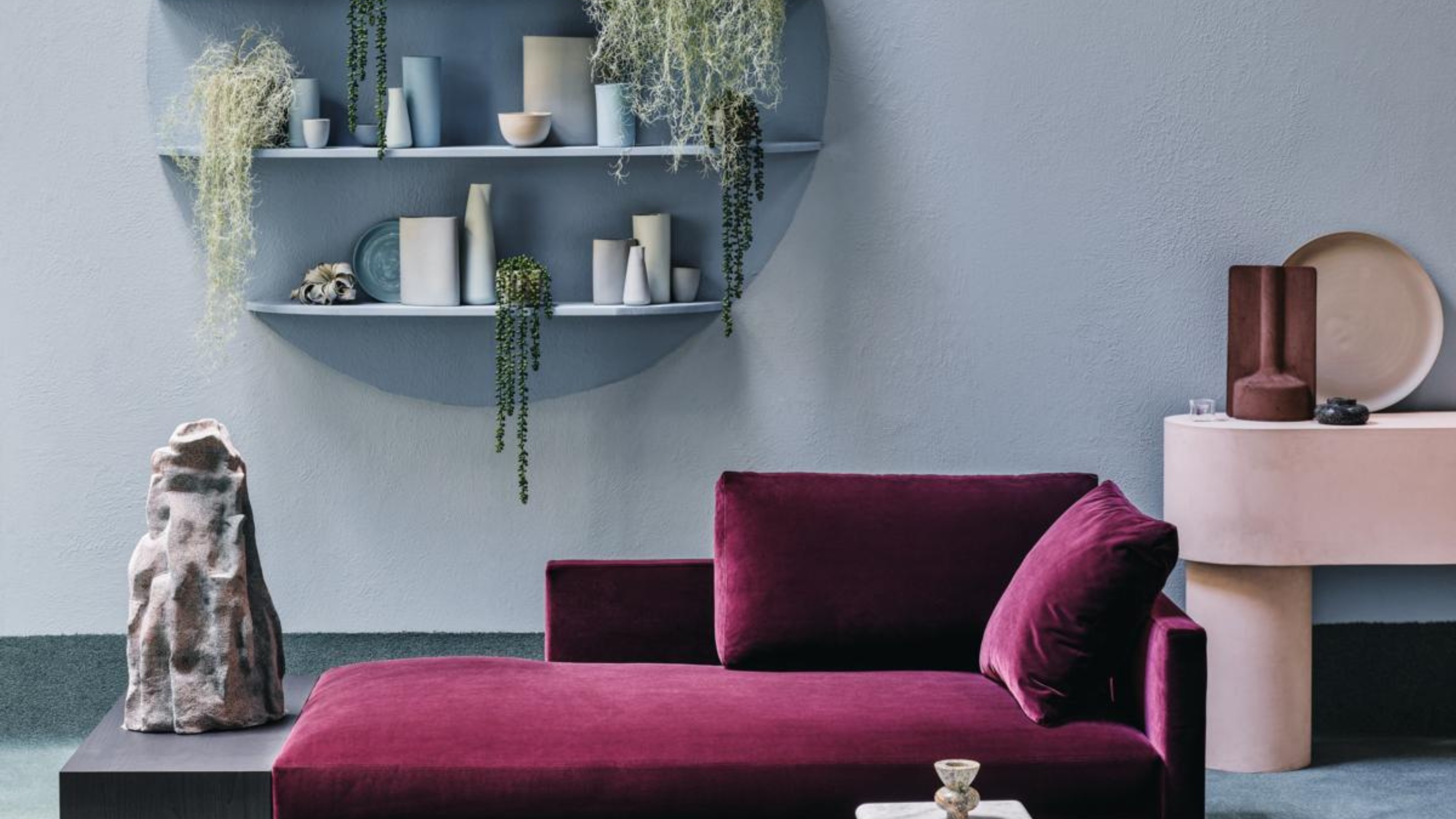

Painting the walls and refreshing your room is all fun and games until the fumes get to your head and remind you of what nasties can be found in a tin of paint. Fortunately, it's 2025, and there is a way to embrace a remodel while simultaneously being environmentally conscious — and it is a conveniently named product: eco paint.
The skeptic in me had to do a little research before buying into the eco paint idea. It is easy to slap an environment-loving label on something, but it's less easy to decipher which products actually pass the test. So what exactly is eco paint, you ask? Home renovations contractor, paint expert, and founder at Toronto-based Kozak Renovations, Lurii Kozak, says, "Natural paints, or eco paints, are paints that use plant-derived oils, resins, and mineral pigments which are natural, renewable, and non-toxic ingredients. While, their counterpart, traditional paints, have high levels of volatile organic compounds (VOCs)."
Eco paint ingredients are sourced sustainably and contribute less environmental pollution (a win for sustainable living practices). "Eco paints may also contain biodegradable elements and may not contain chemicals like formaldehyde, phthalates, and heavy metals," says Lurii. The result is a paint product with low toxic fume emission potential and ecological footprint. Therefore, they appear safer for the planet and the user.
To be fair, lots of modern paints can be considered eco paints — fortunately, it's not the 1950s anymore, so we don't have to worry about painting our walls with lead — but some paints are leading the way with the healthiest formulations and sustainable materials. Here's what you need to know.
Criteria to Look For In Eco Paint Products

Little Greene offers a range of eco-friendly paint products.
The best painting tip I can give is to know what you are looking for before you dive in. As mentioned previously, labels can be deceiving, so it's best to be aware of the boxes that need ticking.
At a quick glance, many eco paints are water-based and have natural pigments or biodegradable materials. These paints typically avoid heavy solvents and toxic chemicals that are often found in traditional paint. Here are the three most common signs of a dependable eco paint product.
- Environmental Certifications: When buying eco paint, Lurii Kozak says, "Ensure certifications like Green Seal or EcoLabel, which guarantee a product according to a certain set of environmental and health standards."
- VOC Ratings: Low or zero-VOC ratings are another indicator of the low environmental impact of the paint.
- Whole Ingredients: It is wise to give the ingredient list a quick check before buying your eco paint. Lurii says, "Ensure it is free from heavy metals like lead, mercury, and cadmium, which are destructive to health and environmental integrity."
Kozak Renovations has been in business for over 10 years and has a strong reputation in Toronto and nearby areas, as a trusted general contracting team. Many customers on the company's site rate Lurii's work with high regard, noting the quality and craftsmanship.
How Does Eco Paint Differ From Regular Paint?
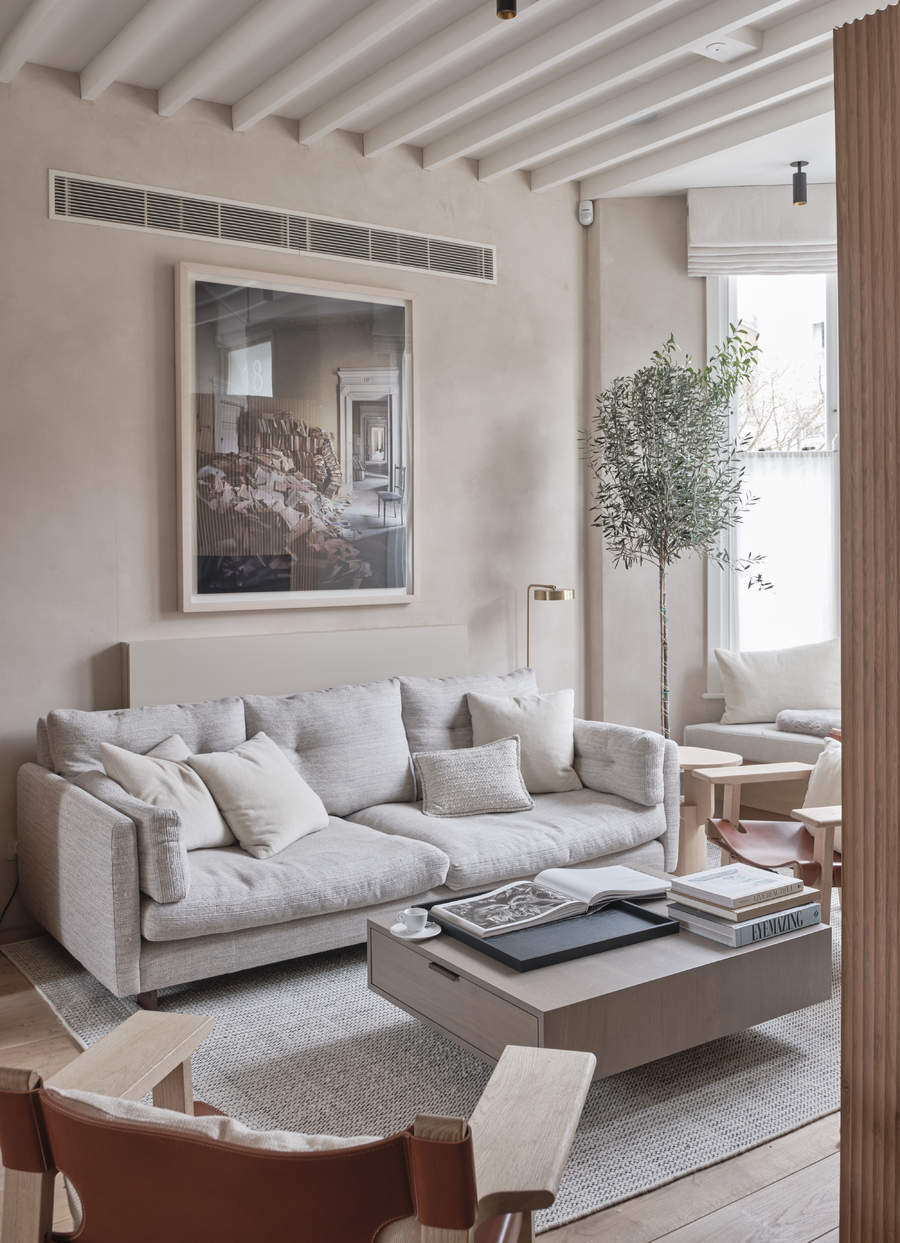
Lick is another UK-based brand that offers eco paint in a range of shades.
So, let's get down to brass tax: where will you be able to spot the differences between eco paint and regular paint? And are there any drawbacks to eco paint?
The good news is that the biggest differences between eco and regular paint are eco paint's benefits. As the name strongly suggests, eco paints are an environmentally friendly alternative to traditional paints. Their commonly water-based composition "ensures low or zero VOC levels, reducing pollution and improving indoor air quality," says paint expert from The Paint Shed, Michael Rolland, making them a safer and more sustainable choice for homes.
Additionally, searching for how to get rid of the smell of paint is a thing of the past. Michael says, "They are virtually odorless, avoiding the strong chemical smell often associated with drying paint."
As for the paint finishes and durability of eco paint, Michael says, "Where historically, oil-based paints were considered more durable, modern water-based formulas now offer comparable durability." There is the possibility of an eco paint having a more matte or natural finish because of the natural materials and lack of harsh oils, but on the whole, you can expect an almost identical final result.
Where to Buy Eco Paint
If you're worried about color choices, don't be. Right now, a lot of eco paint brands are offering a wide range of colors using natural mineral pigments. Although it is possible you might find fewer choices than conventional paints, you'd be surprised to find how many of your favorite paint brands are most likely offering an eco paint option. The availability and range of eco paint will only become more widespread with the increasing demand for eco-friendly products.
In the meantime, here are the best eco paint brands to have on your radar as you begin your painting plans.
1. Lakeland Paints
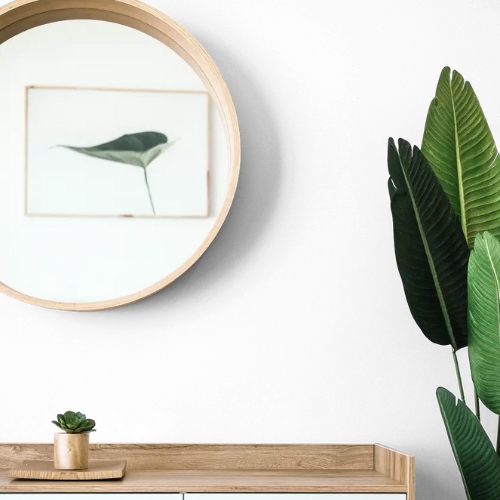
Price: From £83.37
While most eco paint brands claim a very low VOC level, Lakeland Paints is completely VOC-free. The brand strives for chemical-free, odorless, water-based paints that have all the certificates to show there are no VOCs, no solvents, and no heavy metals. Lakeland is a brand that you can trust to be environmentally friendly, no matter what type of paint you are searching for on their site. With 372 colors to choose from, you will have no trouble finding an eco paint that works for you.
2. Earthborn's Claypaint

Price: From £1.50
Earthborn Paints was awarded the first UK license of the EU Ecolabel for Indoor Paints and Varnishes. Most of their paints come as water-based paint that is both good for the environment and for your home. However, they also have a thick, clay-based paint made from natural materials. Their clay paint often requires fewer coats than conventional emulsions, so your paint project can run smoothly and with no horrible smells or emissions.
3. Mylands Upcycled Collection
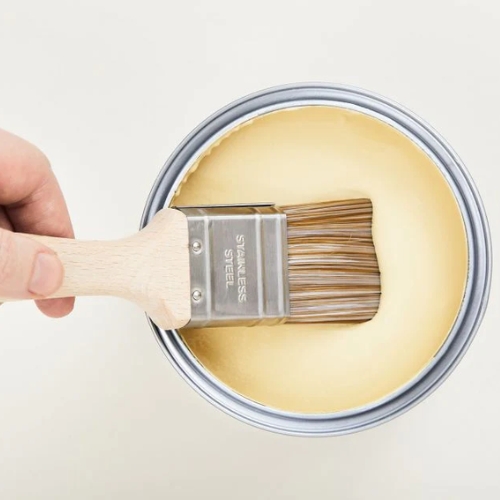
Price: From £5.50
Established in 1884, Mylands is Britain’s oldest family-owned and run paint and polish manufacturer. Mylands is a London-based company that provides water-based paints with low VOC content, and natural Earth pigments, which are virtually solvent-free and emit fewer harmful chemicals into the atmosphere. Though if you want to get even more environmentally conscience, Mylands offers what they call their "up-cycled" line — a limited-edition range of colors using leftover ingredients, canceled orders, and mis-tinted batches, allowing for nothing to go to waste. The brand also has an eco paint made from olive pits, waste from the olive oil industry.
4. Lick
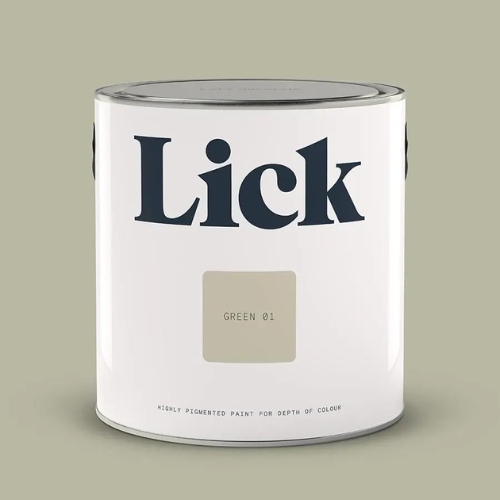
Price: From £2
Lick is a UK-based brand that offers low VOC, eco-friendly, water-based and wipeable, paint. Lick's director of interior design and color psychologist, Tash Bradley, says, "Lick’s paints are all water-based, as well as low-odor and trace VOC, which helps reduce harmful chemicals for improved indoor air quality and healthier homes." While Lick does not have a specific collection that deep dives into environmental efforts, the entire brand strives for sustainability and is B Corp certified.
5. Little Greene
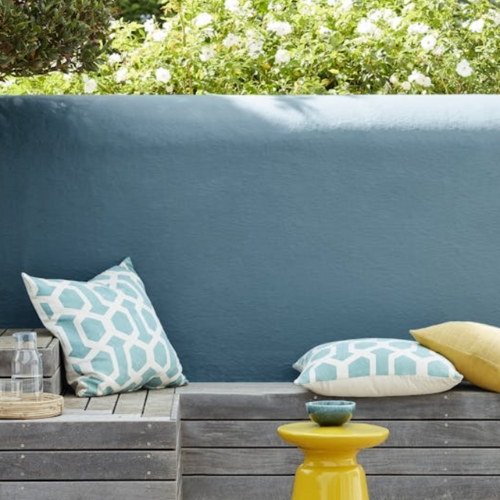
Price: From £33
Little Greene is a UK-based paint company and was one of the first UK paint manufacturers to achieve the European environmental standard BS EN ISO 14001. The brand offers both water and oil-based paints. The water-based paints have a VOC content that is now virtually zero. This means you don't need to worry about solvent contributions to the atmosphere, respiratory issues, or the nasty smells that come along with typical paint products. Plus, Little Greene's eco paints claim to be virtually odorless. While oil-based paints may be a red flag, Little Greene oil-based paints have been reformulated using sustainable vegetable oils, so you can shop peacefully.
6. COAT Paints
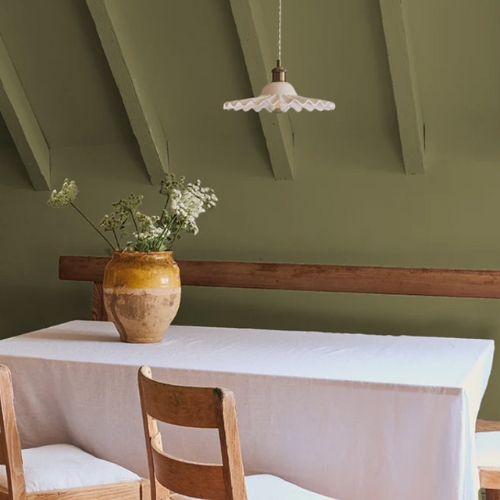
Price: From £1.50
COAT is a luxury eco-paint brand that is completely zero-waste and made-to-order, plus it is a B Corp and Climate Positive paint company. COAT sources its materials from the UK — including fresh water, clay, and limestone. While all of the brand's paints are water-based and low VOC, COAT also offers an even more eco-focused line with its claypaint collection. The clay base makes the paints more breathable as they are made with natural minerals. You can expect no odor or nasty toxins and a paint that covers effortlessly for walls that need to breathe.
Opting for eco paint not only makes a positive environmental impact, but it is the cleaner and safer option for your home. Now, all that's left is learning how to dispose of paint in a safe and eco-conscious way.
Be The First To Know
The Livingetc newsletters are your inside source for what’s shaping interiors now - and what’s next. Discover trend forecasts, smart style ideas, and curated shopping inspiration that brings design to life. Subscribe today and stay ahead of the curve.

Olivia Wolfe is a Design Writer at Livingetc. She recently graduated from University of the Arts London, London College of Communication with a Masters Degree in Arts and Lifestyle Journalism. In her previous experience, she has worked with multiple multimedia publications in both London and the United States covering a range of culture-related topics, with an expertise in art and design. At the weekends she can be found working on her oil paintings, reading, or antique shopping at one of London's many vintage markets.
-
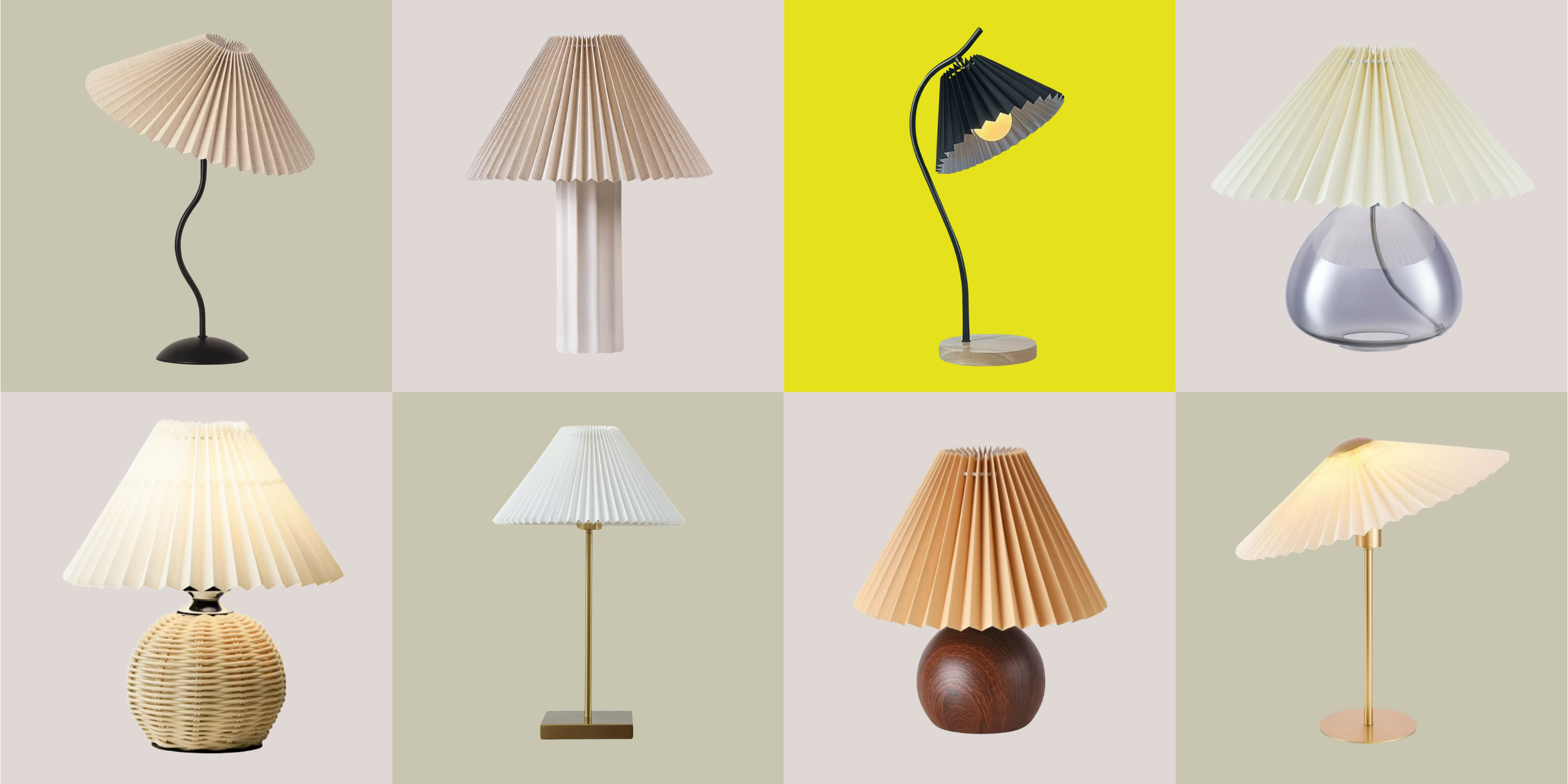 Pleated Lampshades Are the Silhouette of the Season — I've Found 9 For Well Under $100 (You'll Never Guess Where)
Pleated Lampshades Are the Silhouette of the Season — I've Found 9 For Well Under $100 (You'll Never Guess Where)Leave it to Walmart to bless us with a collection of stunning pleated lampshades — proving this old-fashioned feature can look fresh and modern
By Devin Toolen
-
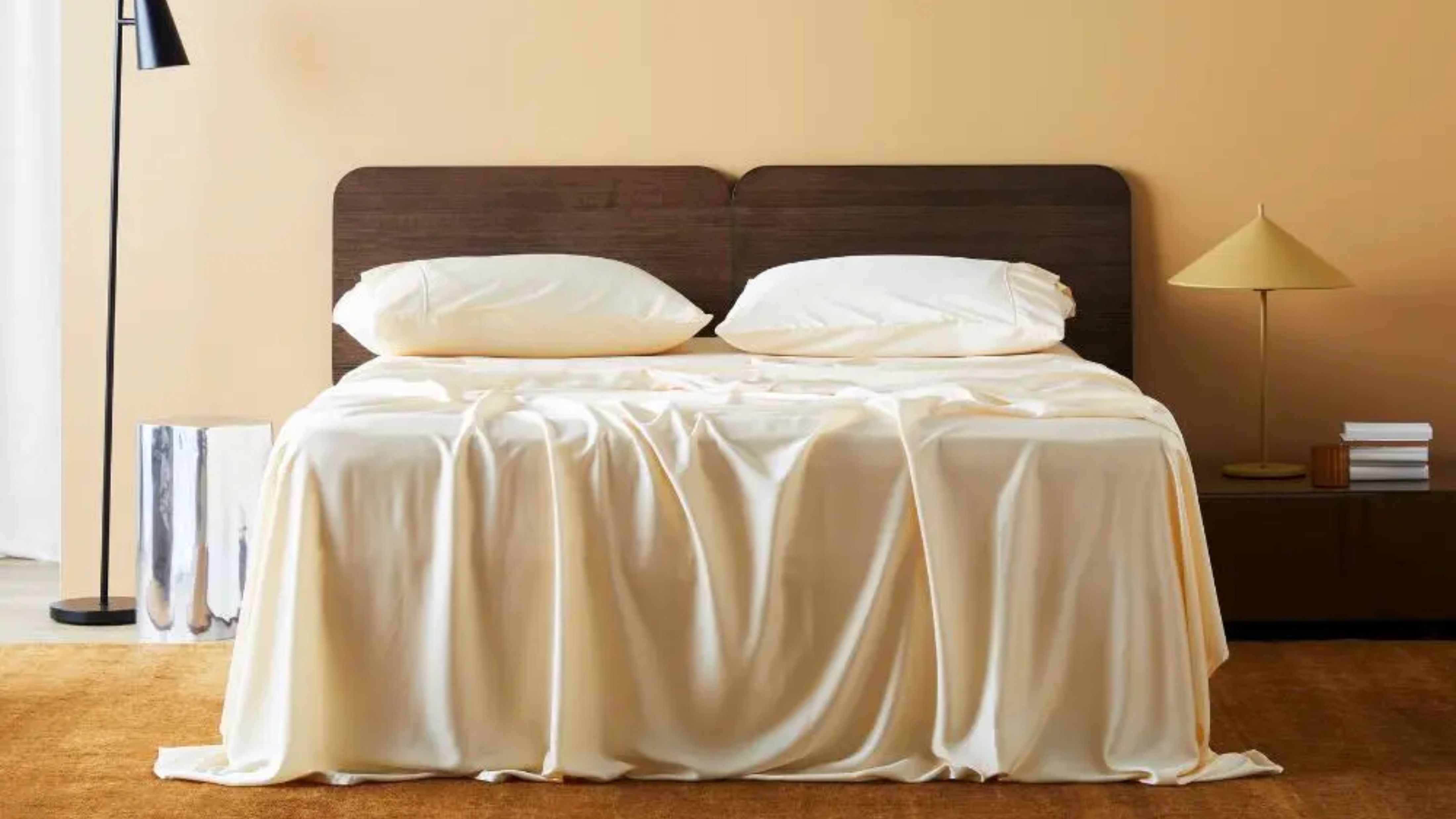 I Found the "Healthiest” Bedding for Earth Month — Why Ettitude Is the Sustainable Sleep Label to Know
I Found the "Healthiest” Bedding for Earth Month — Why Ettitude Is the Sustainable Sleep Label to KnowSofter than silk and smarter than cotton, Ettitude’s innovative take on bedding delivers luxury with a conscience
By Julia Demer